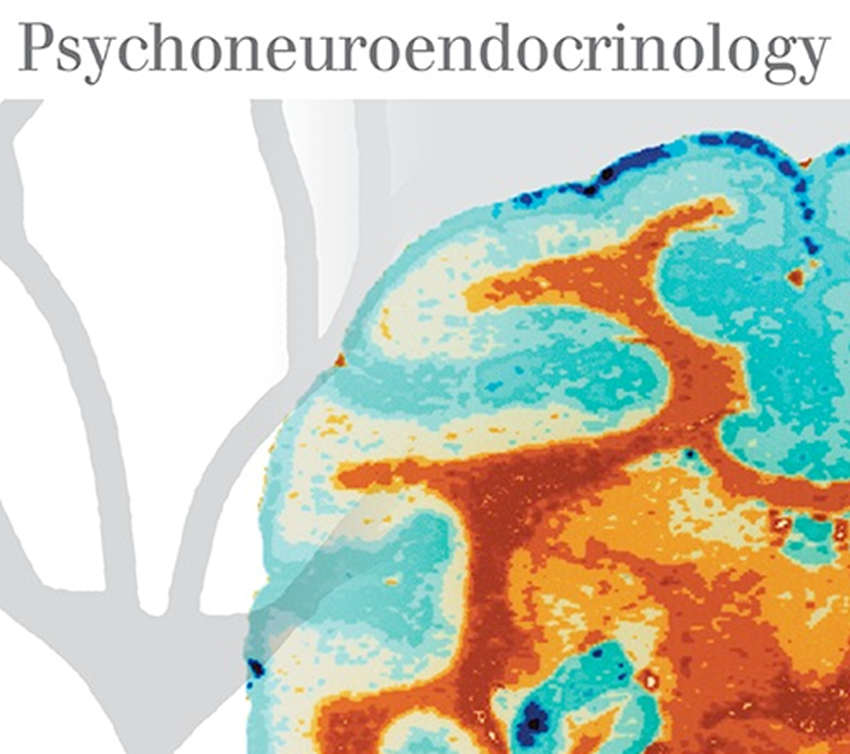In the scope of the research project 292/16 - Oxytocin: On the psychophysiology of trust and cooperation, supported by the BIAL Foundation, the research team led by Diana Prata conducted a double-blind, between-subjects, placebo-controlled pharmaco-EEG aimed to test whether intranasal OT (inOT) affects the neural processing time-course of salience attribution processing of social stimuli (expressing fearfulness) and non-social stimuli (fruits) made relevant via monetary reinforcement. The main highlights of the study were: intranasal OT affected early ERPs regardless of (fearful) social or reward contexts; OT’s role in fear-related early salience attribution, may be social/reward-independent; the partially support the tri-phasic model of OT, which posits OT enhances salience attribution in an early perception stage regardless of socialness. To know more, read the paper Oxytocin modulates neural activity during early perceptual salience attribution published in the journal Psychoneuroendocrinology.
ABSTRACT
Leading hypotheses of oxytocin’s (OT) role in human cognition posit that it enhances salience attribution. However, whether OT exerts its effects predominantly in social (vs non-social) contexts remains debatable, and the time-course of intranasal OT’s effects’ on salience attribution processing is still unknown. We used the social Salience Attribution Task modified (sSAT) in a double-blind, placebo-controlled intranasal OT (inOT) administration, between-subjects design, with 54 male participants, to test existing theories of OT’s role in cognition. Namely, we aimed to test whether inOT would differently affect salience attribution processing of social stimuli (expressing fearfulness) and non-social stimuli (fruits) made relevant via monetary reinforcement, and its neural processing time-course. During electroencephalography (EEG) recording, participants made speeded responses to emotional social (fearful faces) and non-emotional non-social (fruits) stimuli - which were matched for task-relevant motivational salience through their (color-dependent) probability of monetary reinforcement. InOT affected early (rather than late, P3b and LPP) EEG components, increasing N170 amplitude (p = .041) and P2b latency (p .001; albeit not of P1), regardless of stimuli’s (emotional) socialness or reinforcement probability. Fear-related socialness affected salience attribution processing EEG (p .05) across time (N170, P2b and P3b), being later modulated by reinforcement probability (LPP). Our data suggest that OT’s effects on neural activity during early perception, may exist irrespective of fear-related social- or reward-contexts. This partially supports the tri-phasic model of OT (which posits OT enhances salience attribution in an early perception stage regardless of socialness), and not the social salience nor the general approach-withdrawal hypotheses of OT, for early salience processing event-related potentials.



































































